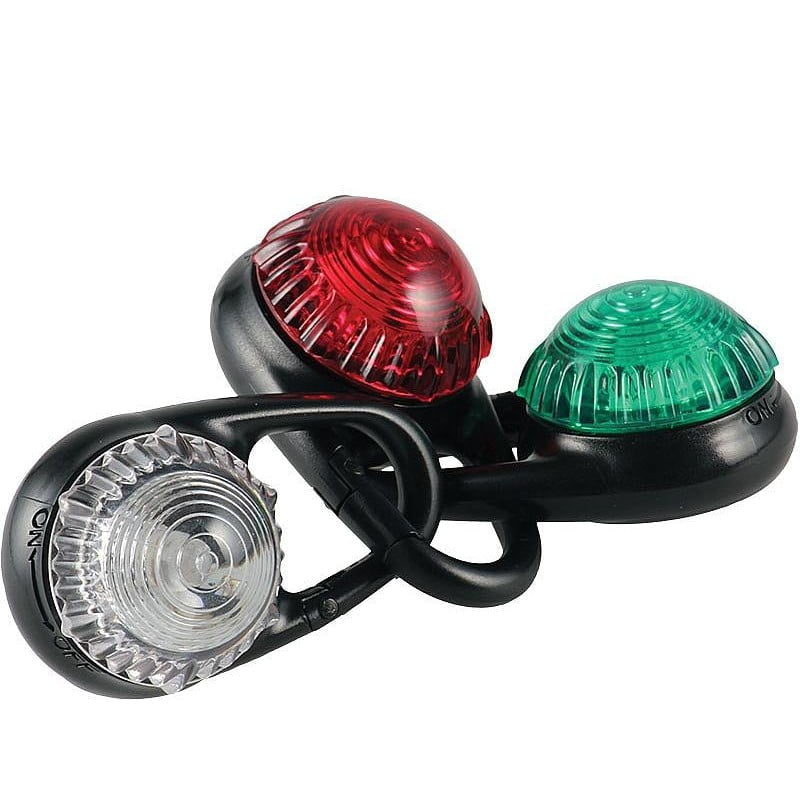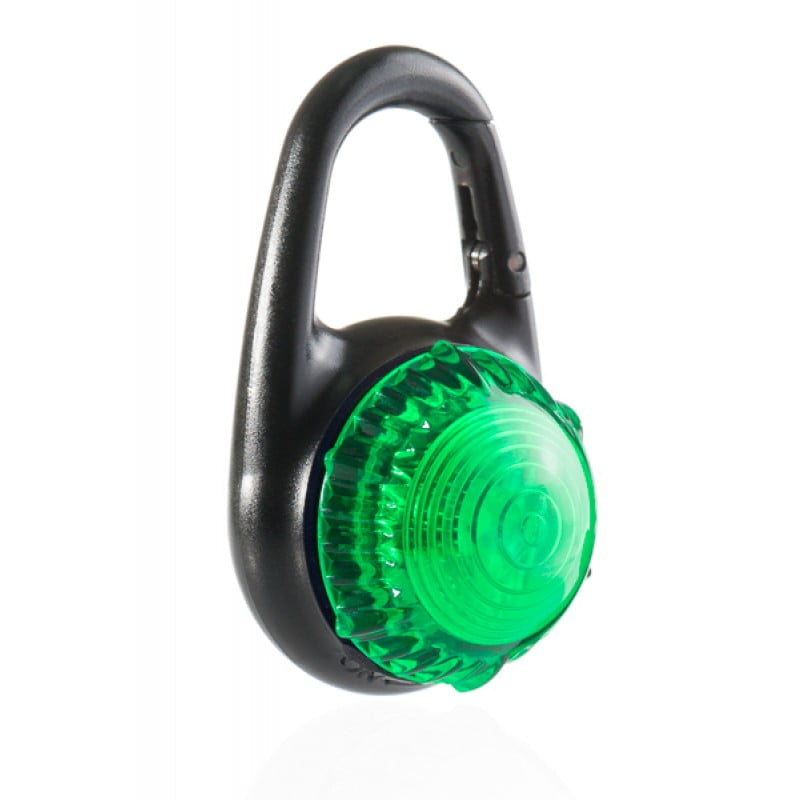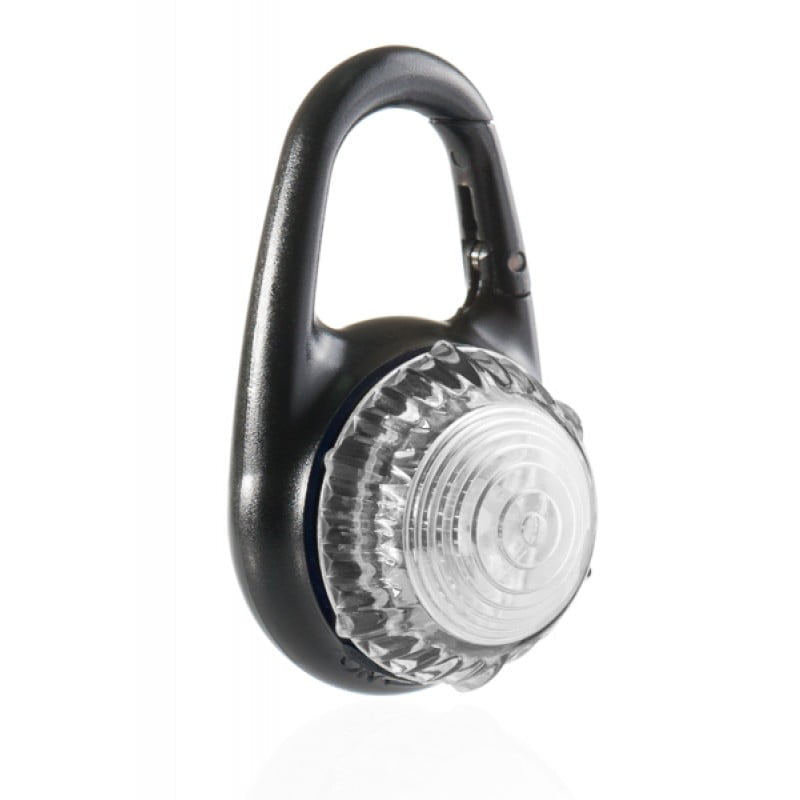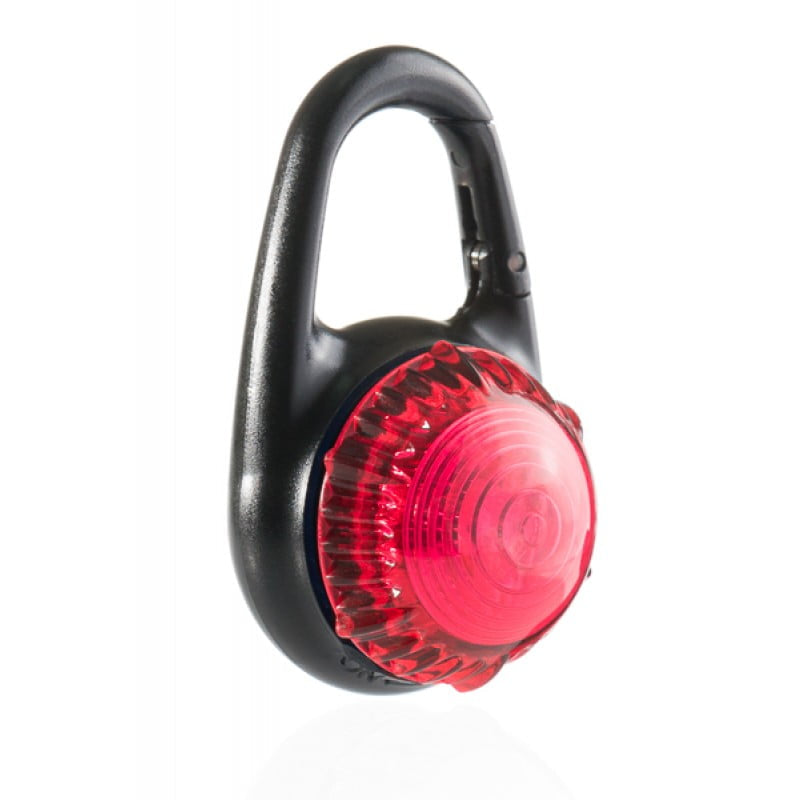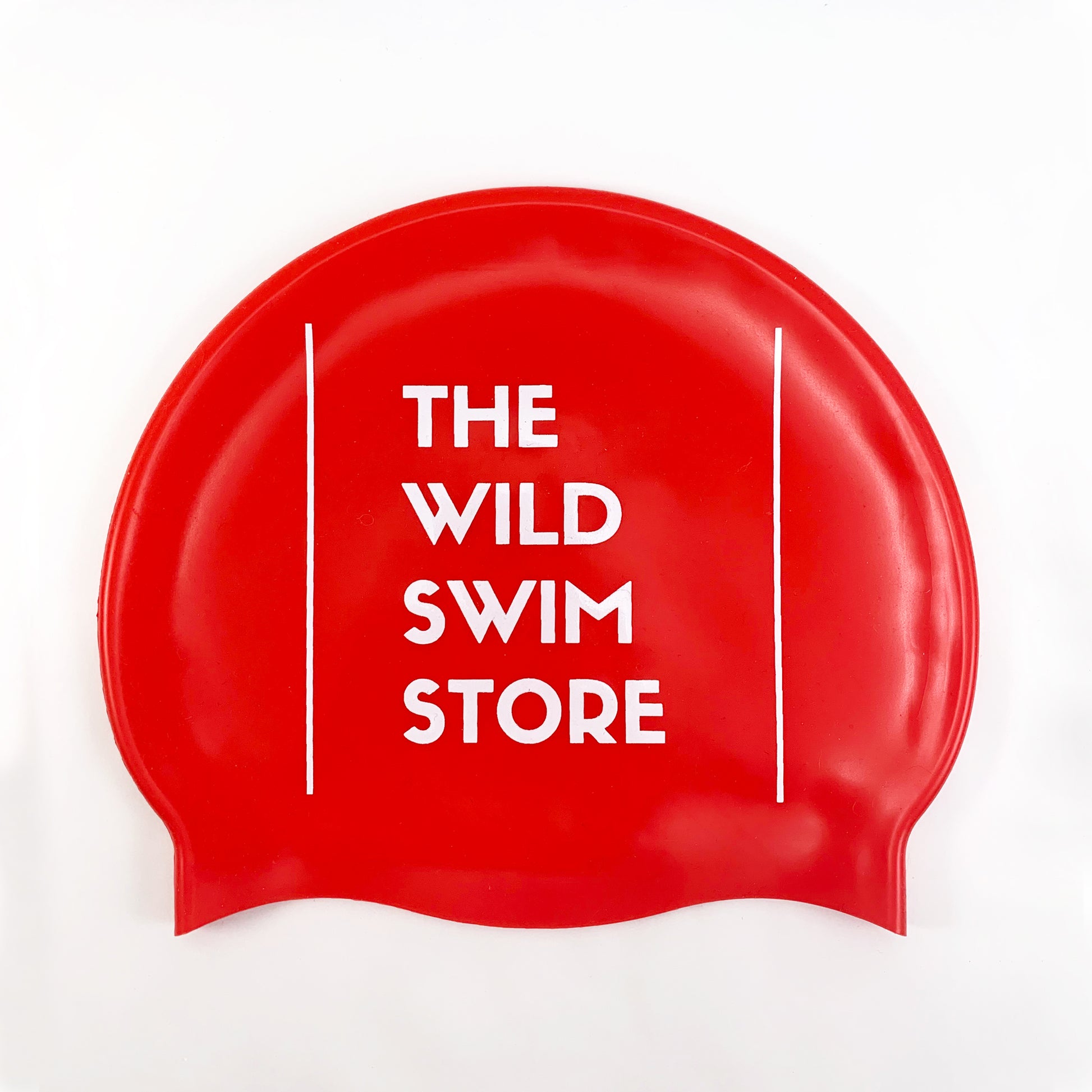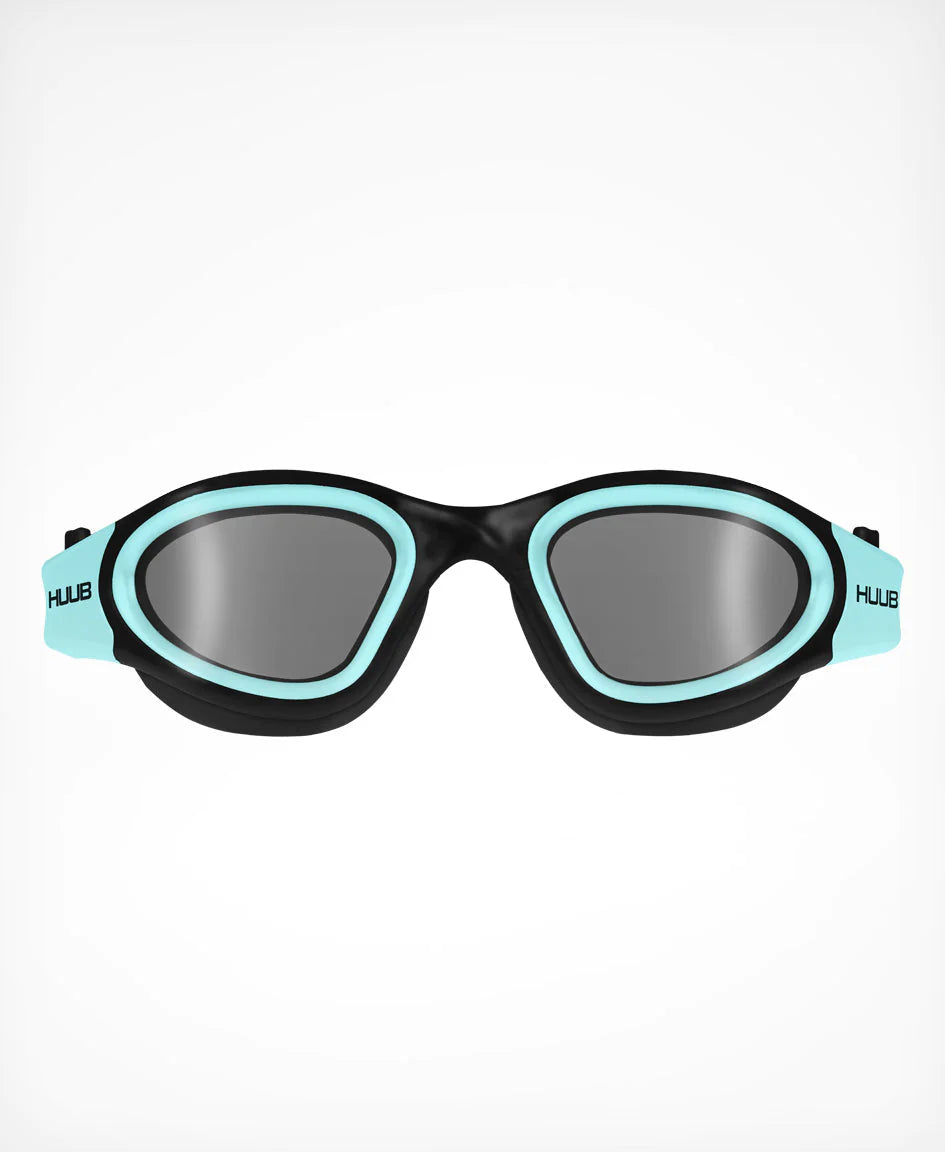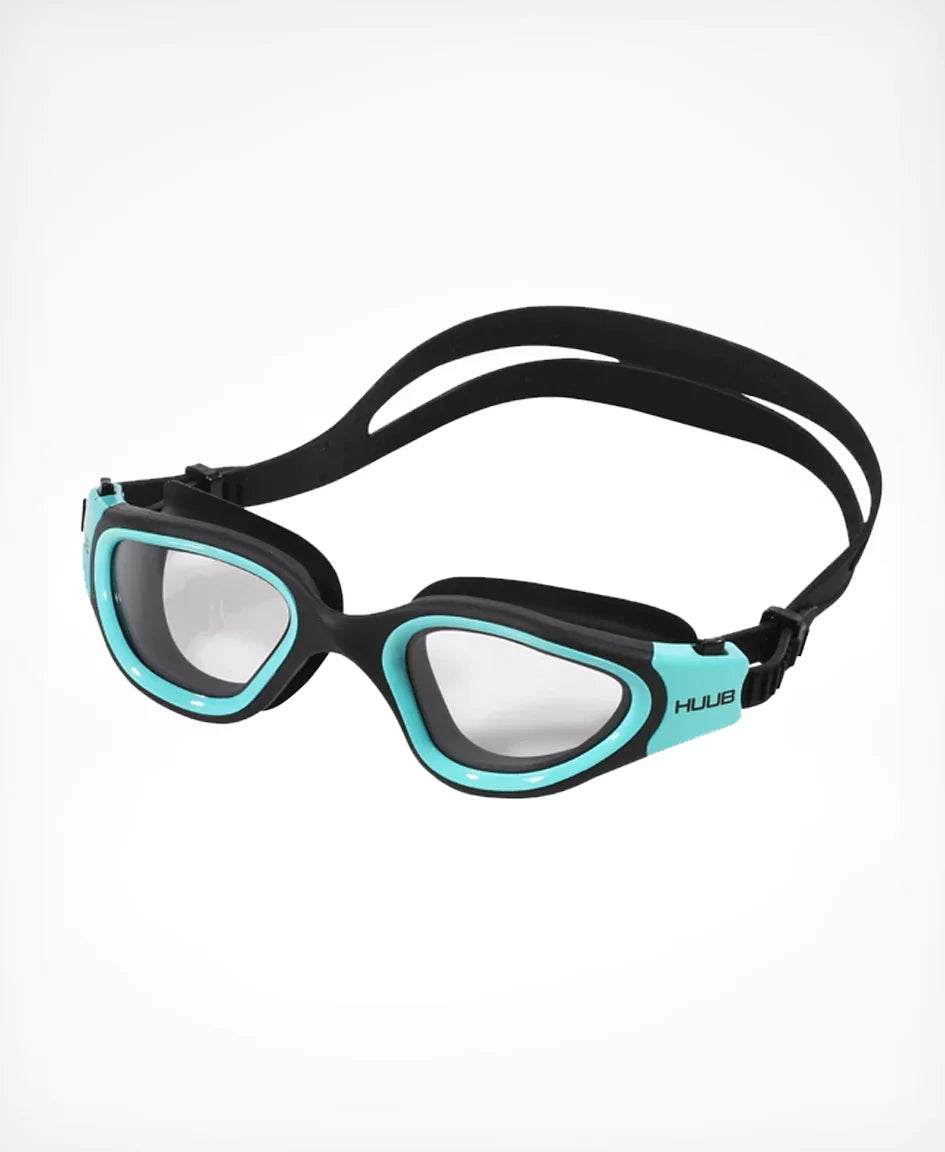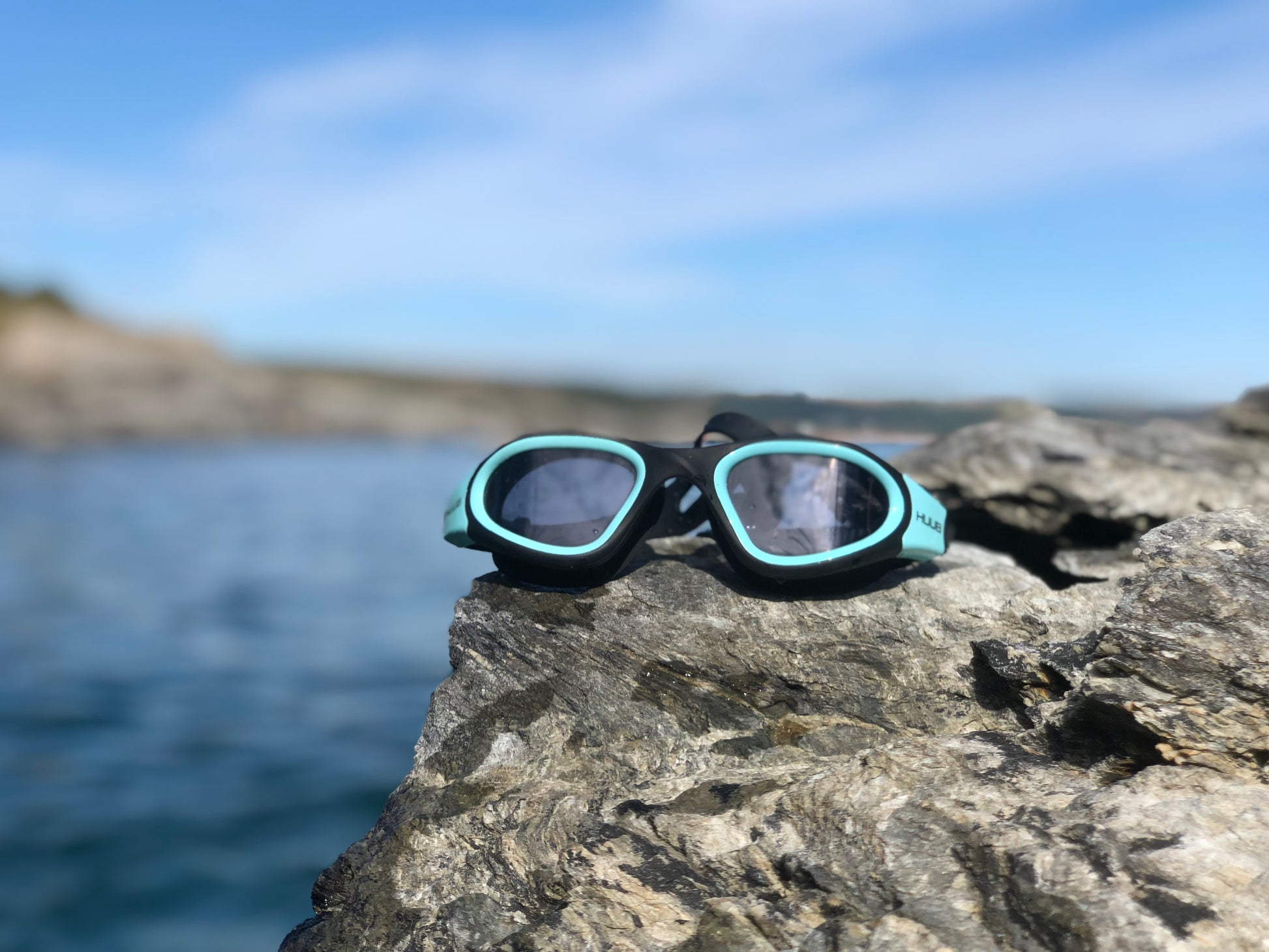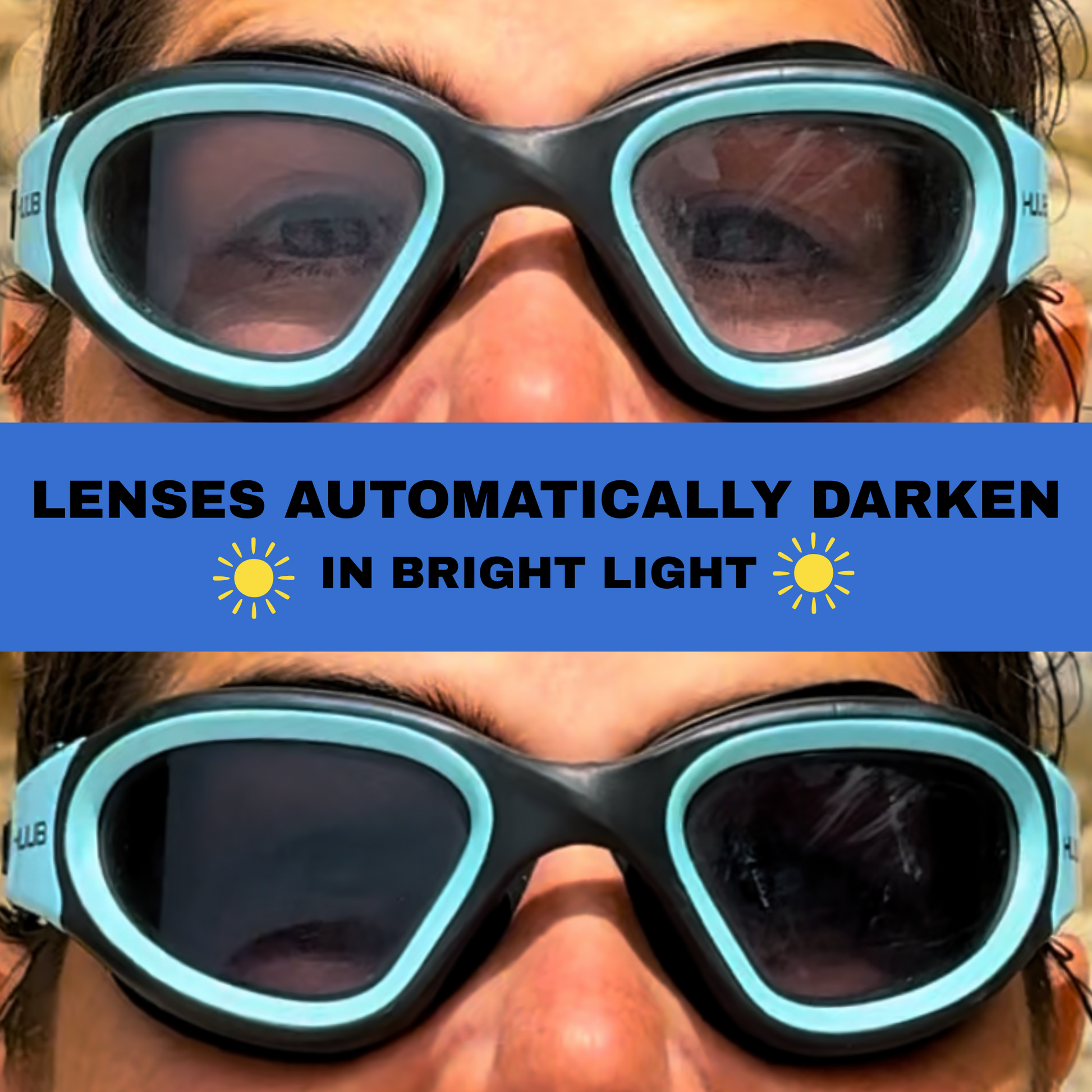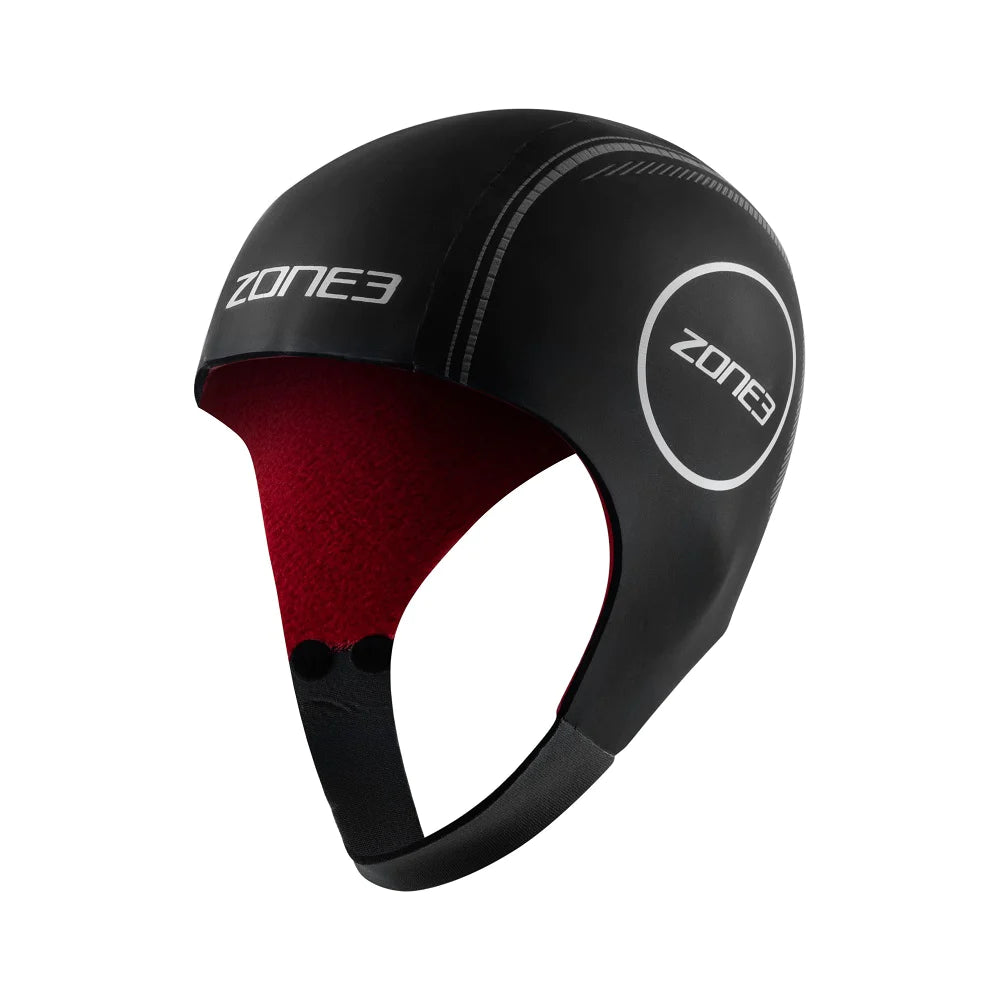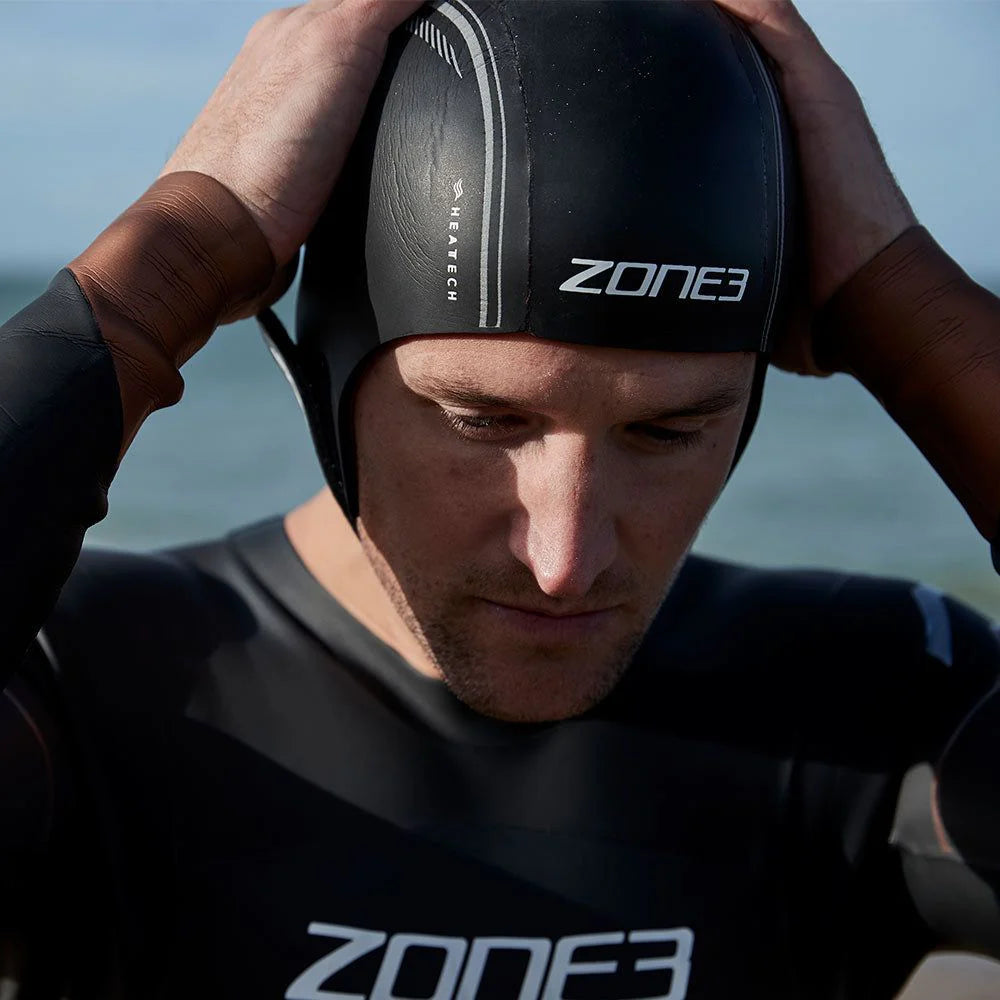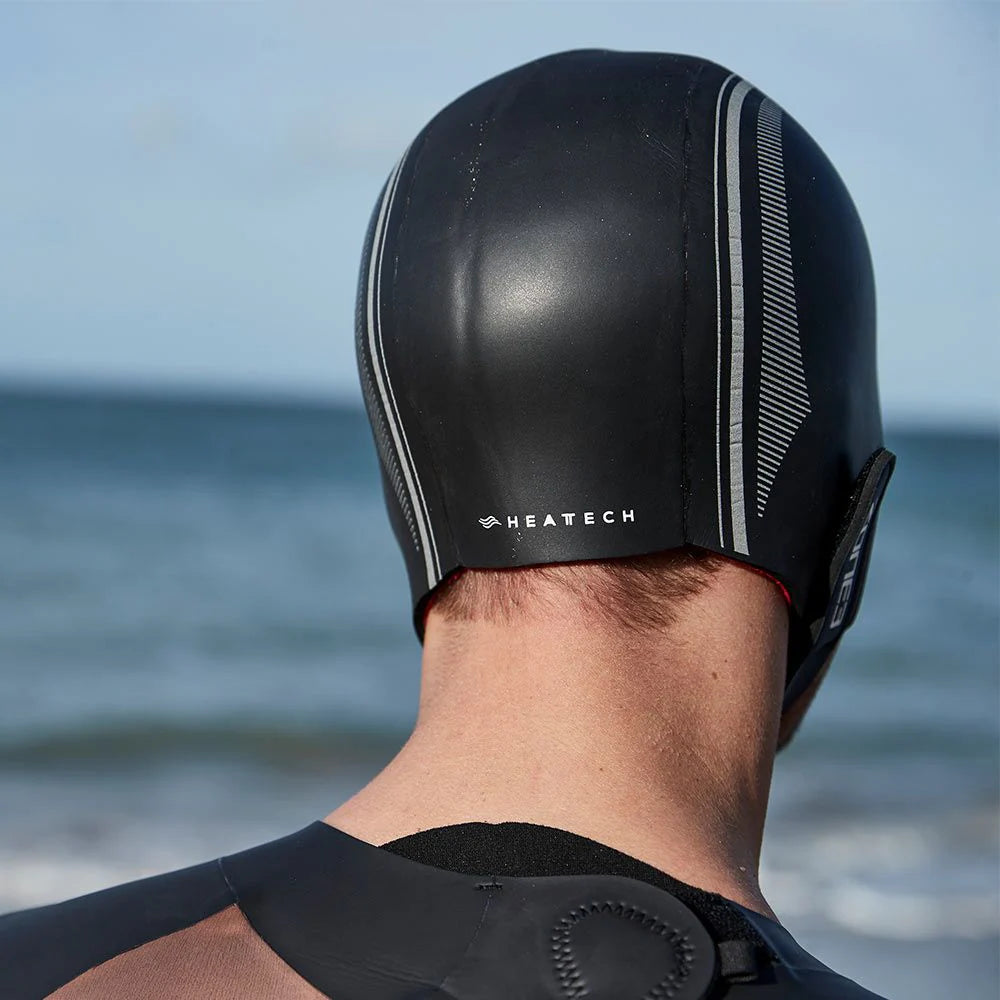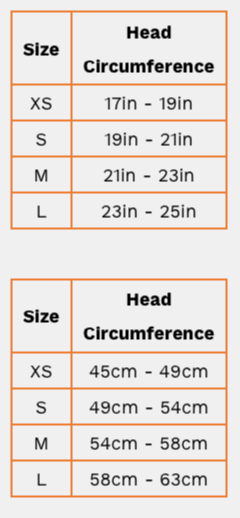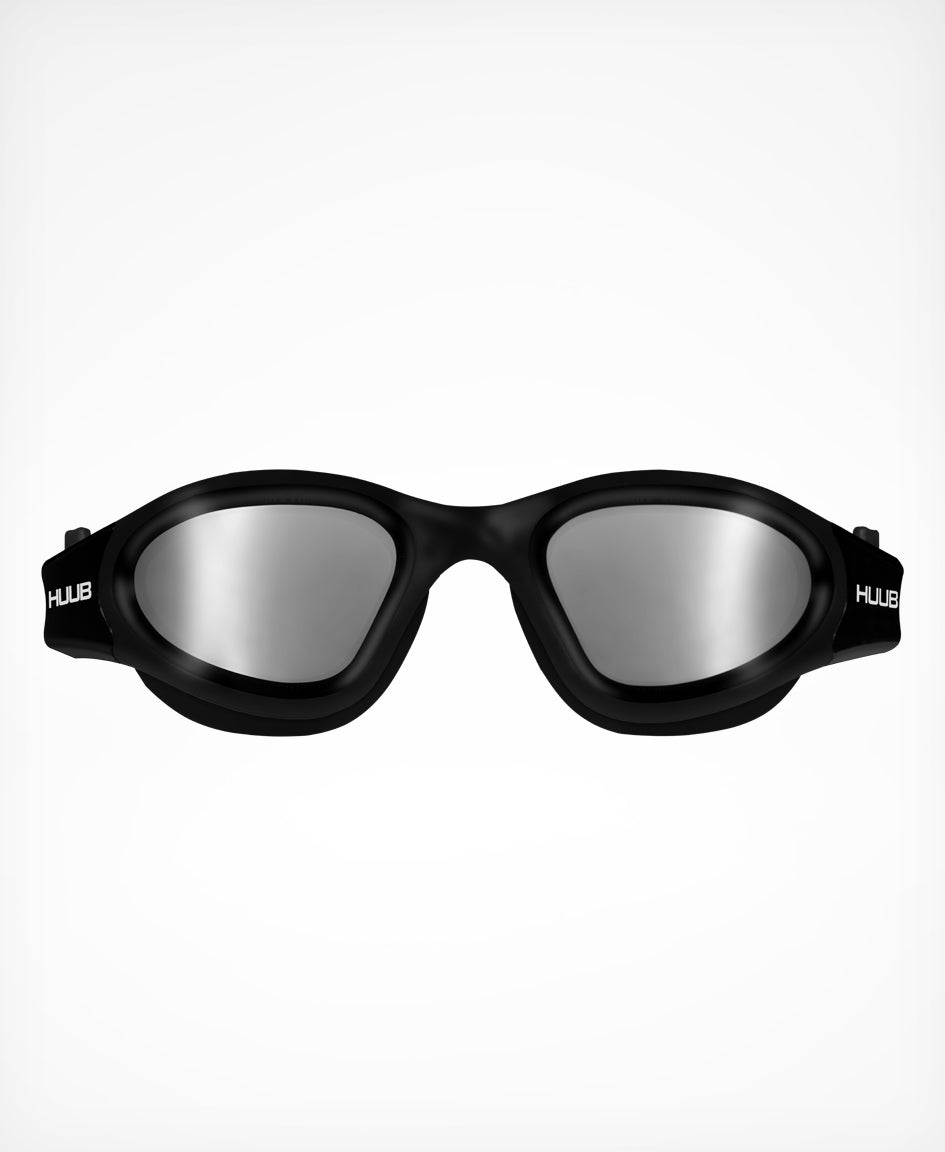After Dark Swimming Collection
Wild Swimming at night can be a magical experience, especially on a full moon. It does however bring extra dangers and so here are a few of our top tips:
-
Never Swim in the Open Water Alone. Especially at Night.
Even though swimming in the daytime alone is not recommended, when swimming at night it's even more crucial to go with a swim buddy. Bribe them with cake, hot chocolate or a post swim tipple (it should go without saying NEVER swim drunk). If one of you were to get into difficulty, having someone else around gives you a fighting chance.
-
Always Swim within your Depth, Parallel with the Shore.
This ensures should something happen, you are never too far from safety. When swimming freestyle I will always try and breathe shoreside for two reasons: One so I keep an eye on how far away I am and two, so I am breathing away from any incoming waves and a mouth full of salty water! If you are uncomfortable breathing to one side or the other, I suggest practicing in the pool breathing on every 3 or 5 strokes. As well as giving you the confidence to switch which side you breathe, it will help even out your freestyle strokes.

-
Check the Local Conditions.
Always check what the conditions are going to be like. Is the tide going out resulting in an Ebb Current? Is it going to be choppy? If you're not familiar with the area, are there any locals you can ask about potential riptides to look out for ?
Also the weather, especially as we move into winter. Think about afterwards, if leaving your kit on the shore, will it get rained on? Snowed on? Blown away?
-
Stay Visible.
Being easy to spot out in the water when night swimming is essential. This is two fold: First so that other water users can spot you and avoid any collisions. Secondly that if you should get into trouble, those coming to assist will be able to spot you.
We've put together this collection with some products that will help you remain seen:
A Waterproof Light
A light is essential. You can either clip it to the outside of your tow float, or put it inside which gives it a beautiful glow. We've recently learnt that Green is the most visible colour when out in the ocean, so that’s best to go on the outside, or use the white to put inside a drybag tow float to create your own light beacon.
A Tow Float
A Bright Swim Hat
Photochromatic Goggles
Although not essential, we swear buy these Photochromatic goggles from Zone 3. The lenses change from clear to dark depending on the light conditions, meaning they are the only pair you need whether dipping at midnight or midday.
-
Remember Where You Left your Stuff
At the best of times, I forget where I actually entered the water, only to spend ages plodding up and down windy beaches and muddy river banks to find my gear. Even in daylight it can be easy to lose your bearings once in the water. The best way is to pick easily identifable land marks on the shore to aim for. When you've got your head down and only occasionally sighting every tree looks the same. Try for something higher up to aim for and you'll thank yourself at the end. Or Tam has just come up whilst I’ve been writing this, with an awesome idea. If it’s secure to do so: pop a light on top of your gear on the shore to help you navigate back to it!




